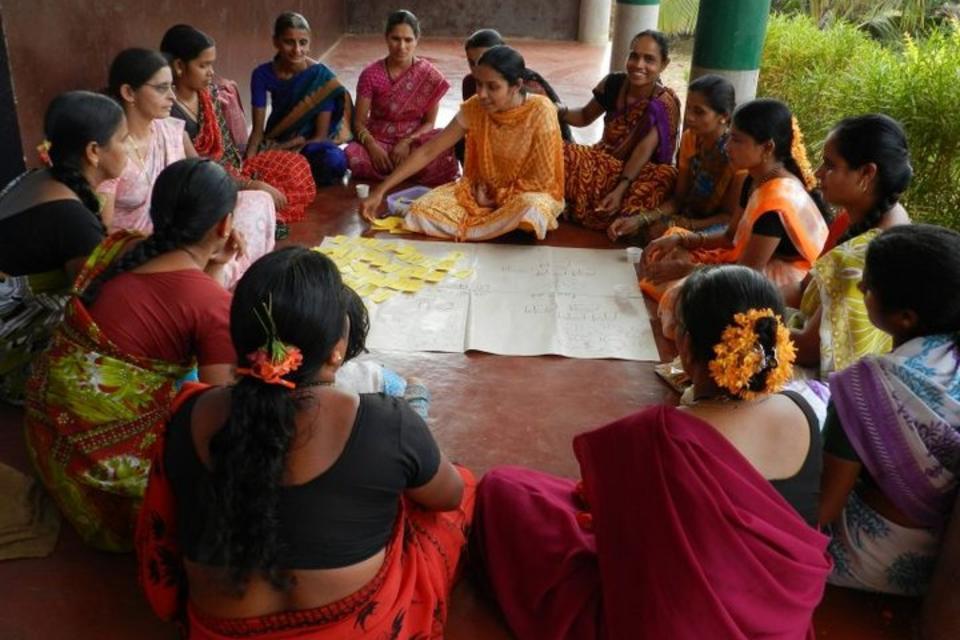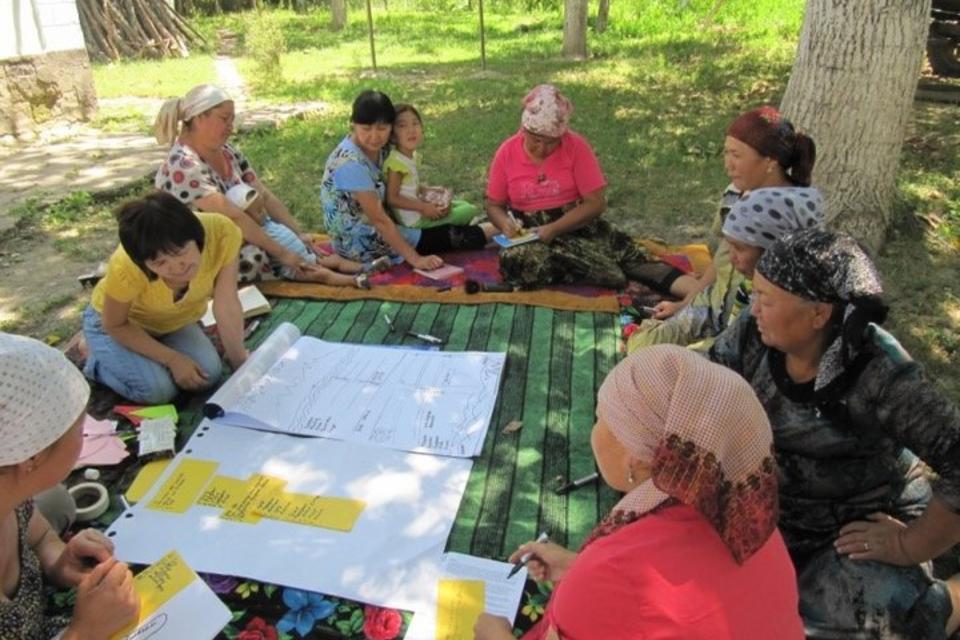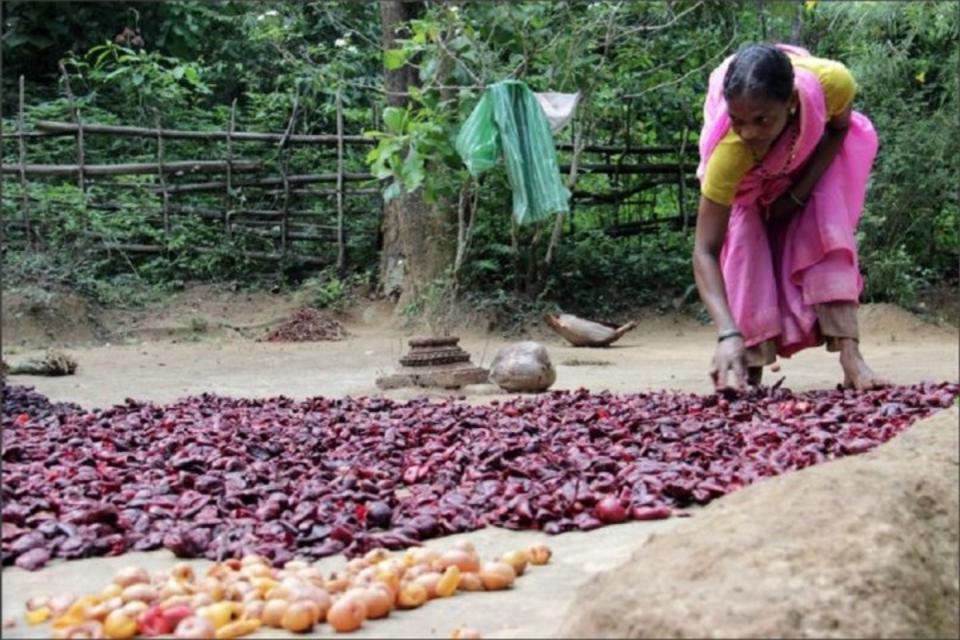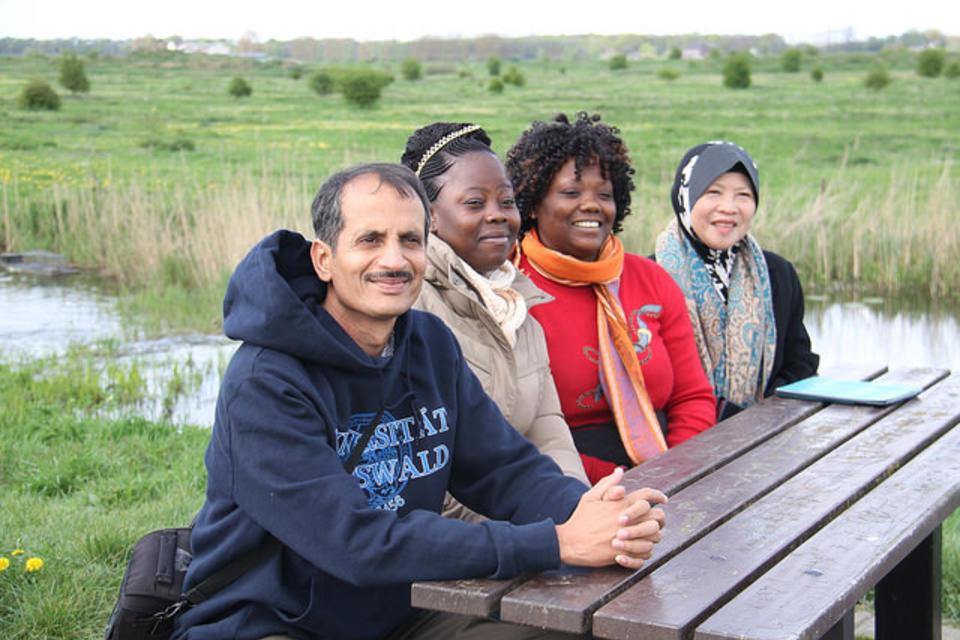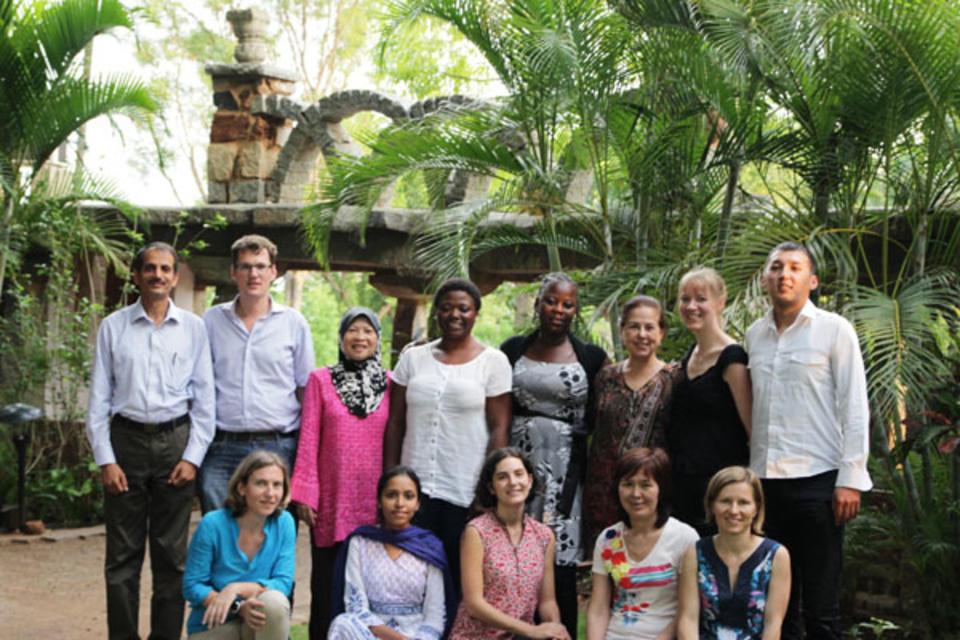From the Field Gender-responsive genomic selection on farmer’s fields for accelerating genetic gains

This study used gender-intentional participatory approaches to address the challenges of low genetic correlation and lower genetic gains for small-scale bean producers in sub-Saharan Africa.
By Eileen Nchanji, Teshale Assefa, Eliud Birachi, Lutomia Cosmas, Nasser Yao, Fabiano Mlalila
The differences between on stations and on-farm performance of bean varieties in sub-Saharan bean farming, especially for women farmers with limited resources, may cause low genetic correlation and lower genetic gains for small-scale producers. Traditional breeding methods take several years and costly, making it challenging to meet evolving farmer needs. The study employs gender-intentional participatory approaches to address these challenges, incorporating women's preferences and production environments from the early stages of variety development. We know that men and women farmers often have different trait preferences influenced by gender roles and knowledge, and capturing these gender and socioeconomic differences is crucial for accelerating genetic gains on farm. In addition, gender and socioeconomic data are needed to guide breeding at the design stage of any breeding program.
The study used gender and socioeconomic analysis to construct diverse farm typologies based on gender farm roles in Tanzania. Here we purposively selected both men and women managed plots and jointlyco-managed plots to measure their agronomic management and trait preferences, as gaining diverse perspectives and input from farmers can enhance the local adaptation of varieties tailored to their landscape and account for broad user preferences. The basis for selection of the plot managers was level of experience in bean production, land ownership or access, willingness to participate, intersectional lens (inclusion of marginalized and vulnerable based on wealth, sex and age), 30% men, 30% women, and 40% joint managed plots and distance from the homestead. Through this process, we aim to identify key drivers of preference by heterogeneity and construct typologies to guide the development of improved varieties targeted to distinct user groups and production environments.
Medium and large bush pipeline with three different bean grain types (red mottled, red and yellow types) were shared to farmers to plant in 93 on farm plots following the tricot approach. These on-farm sites were in six regions across three major bean growing agro-ecological zones. Farmers got the seed around March 2023 and have managed their fields in the last months. During the field visit, most of the sites were at flowering and were well managed by farmers. We visited five of the sites (Yam Makaa, Rotima, Sambarai, Ndaka Mnono, Kilimo Makuyun sites in different villages) in the Kilimanjaro region, Moshi district in May 2023. These fields were managed by women, men and jointly. The are not using any fertilizers. One of the farms we visited is a farm managed by a woman and her mother, Her mother is the land owner and makes decisions with the daughter on farm management.
Her mother was interested in feedback on the bean experimental plot and maize as they intercropped maize and bean on their farm. She was also interested in accessing the bean seed from the experimental plot to grow in the next season because it was doing better than what they planted this season.
The second field we visited was located on very fertile land, looking at the performance of the other surrounding crops and was man managed. In reality, the man owned the land and managed the experimental plot with his wife, whom made decisions on the management, sale, and income from the beans and maize crop. In fact, the man mostly managed the rice and coffee crops. However, he was the one who approached the extension officer to get his wife to participate in the trial. He was also impressed by the plant’s pod development and pod load and said it was better than the grey varieties they always grow.

Figure 1: Pod development across the experimental plots
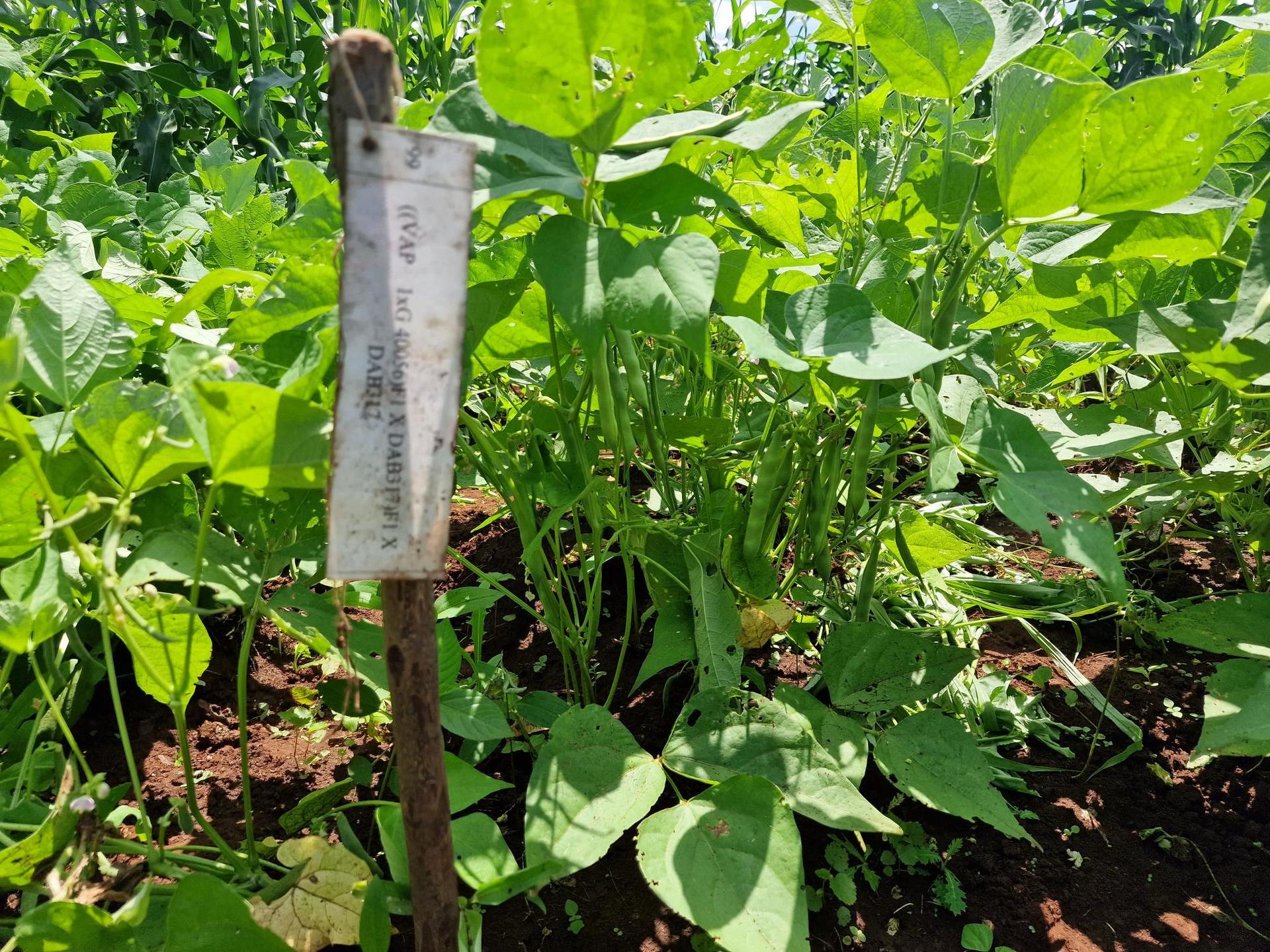
The third field we visited was jointly managed. The land is owned by the man, but farm management is done by the couple. Most decisions are made by the man in farm production and income as the head of the family, but it is agreed that the money is also invested in the woman’s shop business. The varieties were appreciated for their resistance to heavy rains and productivity, as seen with the good pod load. The joint-plot managers were also interested in increasing the plot size to an acre and said many farmers approached them to be part of the experiment.
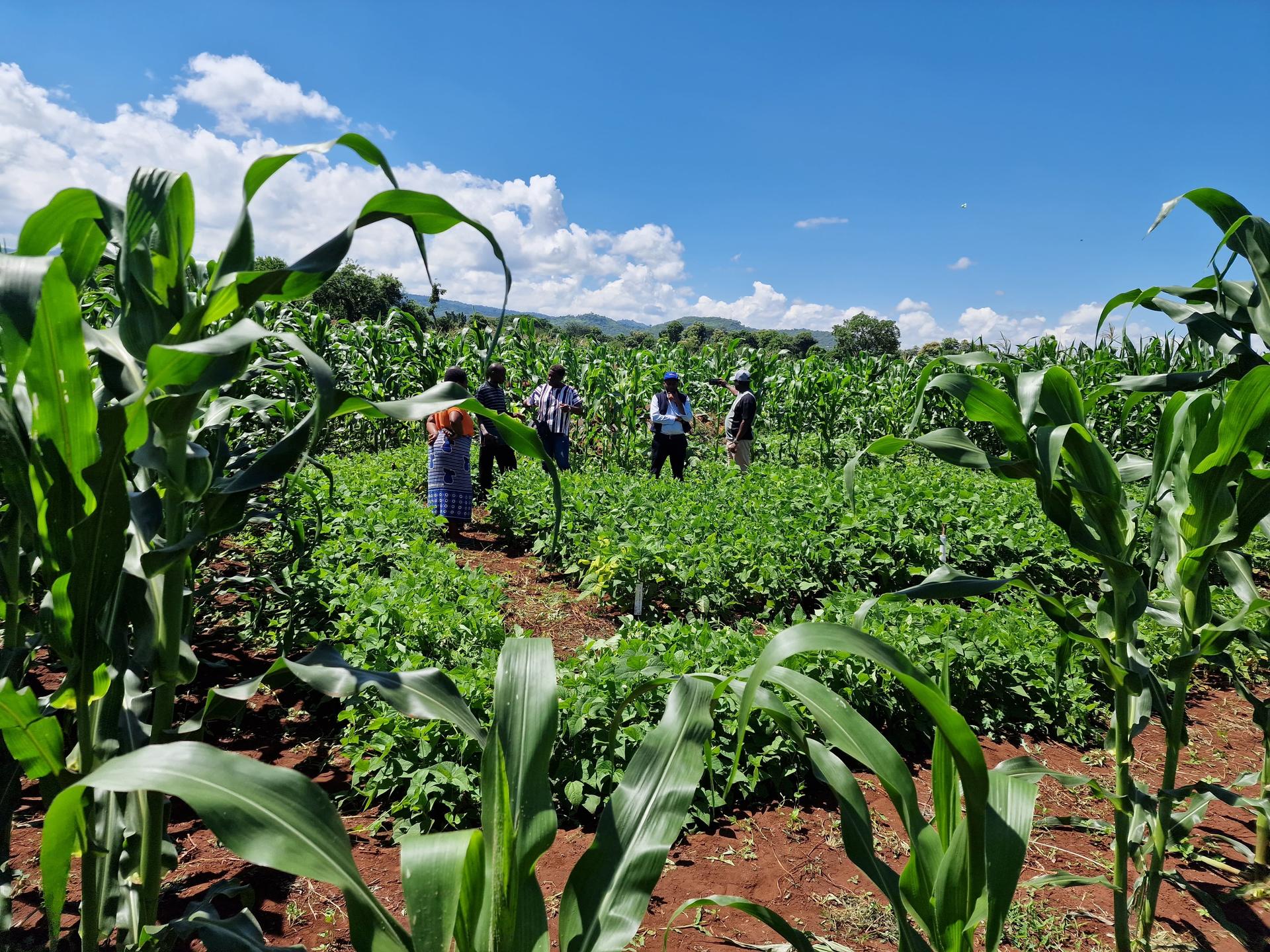
Figure 2: Better managed (left) and poorly managed plot (right)
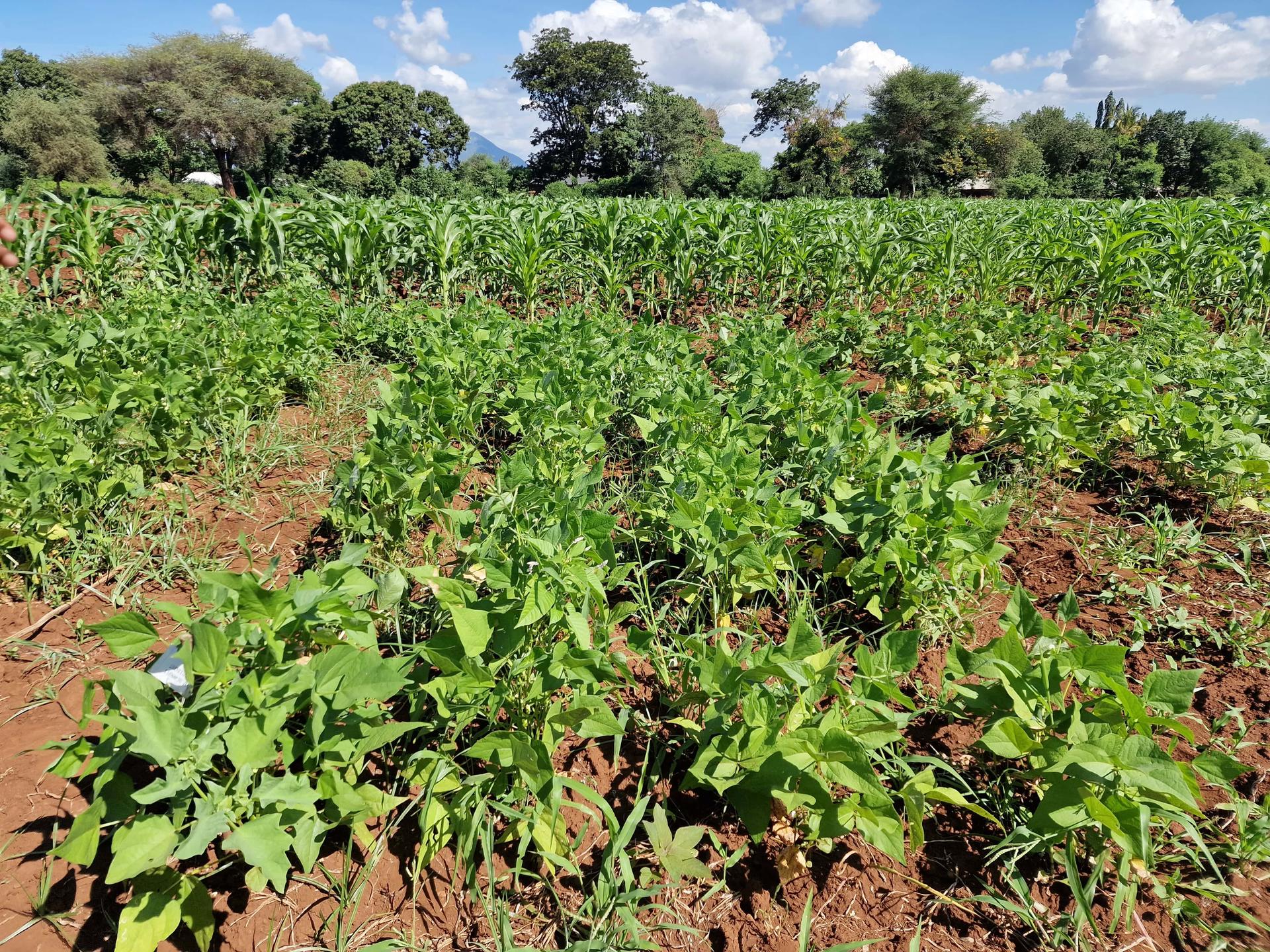
The last two fields were also man and woman managed. The man-managed farm could have been managed better. Because it was the first time he participated in a trial, he has a loose understanding of the protocol and was unsure when and how to manage the experimental plot.
Overall, the farmers were impressed with the performance of the varieties concerning yield and climatic changes. They said the breeding lines performed better than the grey and yellow genotypes they have grown over the years. They were interested in accessing these new breeding lines and getting performance data to share with other interested farmers. In collaboration with the farmers, the project should consider doing a soil test to complement the climate data showing effects on diverse farmer managed fields and also aid in determining and building the target population per environment.
Meet the Team

Nchanji Eileen Bogweh
Gender and Social Inclusion Expert
Nasser Kouadio Yao
Pan-African Coordinator of the Demand/Market-led BreedingRelated Content
